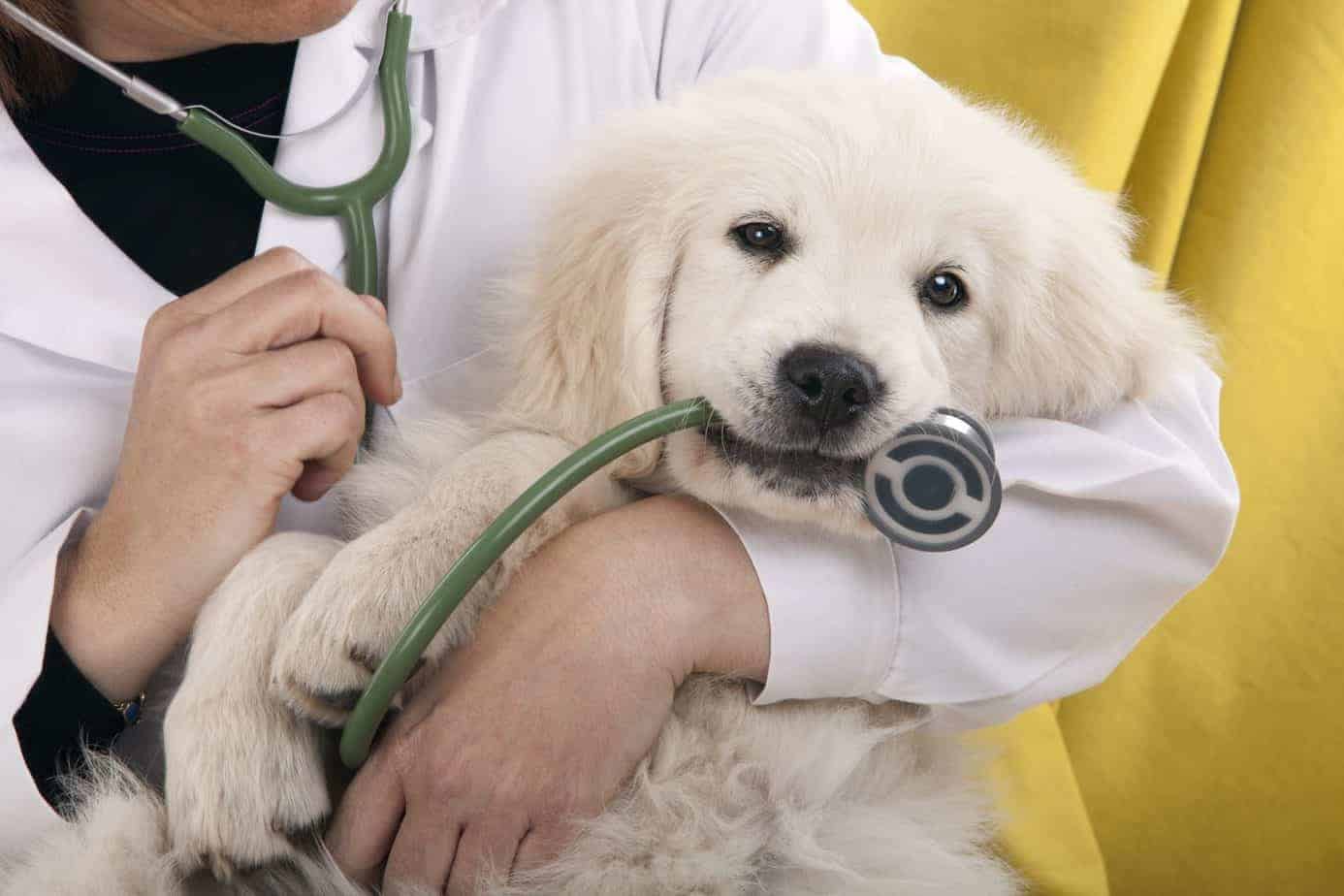Industry statistics show that in 2024, Americans will spend $35.4 billion on veterinary care for their pets. Pet owners may pay an average of $1,500 for each visit to the veterinarian in an emergency, such as one brought on by a sickness or accident, if not substantially more. Let’s look at the best pet insurance for emergencies in 2023 and a dog’s emergency insurance.
Plans for pet insurance are best suited to deal with various emergencies, including the emergence of major medical conditions, accidents, and unexpected illnesses. These plans help pet owners pay for the costs of getting their four-legged buddy well again by providing varied coverage limits and reimbursement rates for qualifying services.
It could be easier—and frequently more affordable—than you anticipate to find the best pet insurance that covers emergencies in 2023.
Does Pet Insurance Cover Emergencies?
Most pet insurance policies are not just designed with these specific care requirements in mind but also cover emergencies. Typical pet insurance policies only kick in if your pet becomes ill, is hurt, or develops a health condition after you’ve bought a policy; they don’t cover routine or preventative care charges.
There are two different kinds of pet insurance policies that cover unforeseen veterinary care: accident-only and comprehensive. While some carriers might only offer comprehensive plans, others might offer both types of coverage.
Comprehensive insurance plans are made to intervene and assist with the cost of veterinarian care if your pet encounters any variety of emergencies. Broken bones, toxic poisoning (from a poisonous houseplant, for example), torn ligaments, or even emergency surgery if they are hit by a car or attacked by another animal are common emergencies covered by pet insurance.
After you’ve met your deductible, most emergencies are covered by the best pet insurance up to a specific point. Commonly covered expenses are:
Related Article: Does Pet Insurance Pre-Existing Conditions
- Urgent care exam fees
- Treatments
- Surgery
- Hospitalization
- Medications on prescription
- Recurring visits
The reimbursement rate you selected when you purchased the policy will determine the percentage of qualifying care costs for which you can be paid after filing a claim.
Suppose your pet needs $5,000 in surgery because it tore a ligament in its knee. If your plan reimburses at a rate of 90% and you have a $0 deductible, you will only be responsible for $500 after your claim is approved.
It’s crucial to remember that pet insurance policies do not cover pre-existing conditions. You could not cover your pet’s emergency care costs if the condition was present when you purchased your policy. For instance, if your pet required emergency stomach surgery after experiencing unexplained bouts of nausea and vomiting a few weeks before purchasing their pet insurance policy, it may find that their condition was pre-existing and therefore excluded.
Best Pet Insurance For Emergencies in 2023
Nobody hates to see their pet go through an emergency. But if your dog or cat requires emergency care in the future, the best pet insurance companies listed below will provide coverage for emergencies in 2023.
While most of the same treatments and care are covered by these carriers, the price of this coverage and the details of their cost-sharing with pet owners might differ significantly.
#1. ManyPets
The comprehensive pet insurance policies from ManyPets provide coverage if your pet suffers an unanticipated sickness or accident. Without worrying about networks, participating providers, or preapprovals, you can take your pet to any licensed veterinarian; emergency clinic, or specialist of your choice if they have an emergency issue.
The yearly deductibles that ManyPets offers range from $0 to $750 and represent the total amount of insured care costs; you will be responsible for paying out-of-pocket each year before your coverage begins to apply. You only need to pay this deductible once a year, regardless of the type of care your pet needs or the number of accidents they experience, because it is not condition-specific. You may submit as many claims as you like; there is no cap on that.
Depending on the coverage you selected, ManyPets will pay you for either 70%, 80%, 90%, or 100% of the remaining qualifying expenses once you submit a claim for approved care and meet your deductible.
#2. Spot
Spot offers two types of pet insurance policies: accident-only and accident and illness. Depending on whatever option you select, whether your pet becomes sick; hurt, or develops specific medical conditions, emergency care can be covered.
You are free to select any authorized veterinarian for your pet’s care through Spot. The reimbursement rate is either 70%, 80%, or 90%, with deductibles ranging from $100 to $1,000. The annual coverage limit ranges from $2,500 to infinity. All states have a 14-day waiting period before covering a pet for an accident or illness, but there are no lifetime coverage ceilings or limits on specific conditions.
#3. ASPCA
Suppose your pet is sick, hurt, or develops a medical problem. In that case, you can take your pet to any authorized veterinarian, urgent care facility, or specialist in the United States or Canada with ASPCA pet insurance coverage. In the ASPCA’s Complete Coverage Plan, however, accident-only plans are also offered, covering protection for accidents, injuries, and illnesses, though pre-existing conditions and routine treatment are excluded.
The annual deductibles for any policy can be $100, $250, or $500, and the reimbursement percentages for allowable expenses can be 70%, 80%, or 90%. There is no cap on the number of claims you can submit for your pet; the care coverage limitations range from $3,000 to unlimited annually.
Both diseases and injuries have a 14-day waiting period before paying your pet’s qualified costs.
FetchPet
Your cat or dog can be covered for various emergency circumstances and conditions with pet insurance from FetchPet.
Once your waiting period—which varies from state to state but is never longer than 15 days from enrollment for illnesses and injuries and six months for knee and hip problems—has passed; this comprehensive coverage covers accidents and diseases. It’s also crucial to remember that to be covered, submit claims through FetchPet within 90 days of the service.
If your pet needs medical attention, you can take them to any authorized facility in the United States or Canada; including emergency rooms and specialists, even if the visit is virtual, thanks to FetchPet insurance coverage.
You can select annual deductibles of $300, $500, or $700.
Depending on your plan, reimbursement rates after you’ve met the deductible are either 70%, 80%, or 90%, with the option to choose an unlimited yearly benefit. Additionally, there is no cap on the number of claims you can submit for your cat.
Embrace
Then there is Embrace, a pet insurance provider that protects your dog or cat against illnesses and injuries. You can take your pet to any authorized veterinarian practitioner, including emergency clinics and specialists, for care because; like the other insurance on this list, Embrace has no provider network.
Exams, diagnostic tests, procedures, treatments, and even alternative care are all covered by Embrace coverage (like hydrotherapy or laser therapy). There are no lifetime or benefit constraints on any particular conditions, and the annual coverage limits range from $5,000 to $30,000.
There are five deductible options with annual amounts ranging from $200 to $1,000. The deductible is yearly rather than condition-specific. Depending on the plan you select, Embrace will cover 65%, 70%, 80%, or 90% of your pet’s ongoing medical costs following the payment of your deductible.
Before the start of normal coverage, there is a 14-day waiting period for sickness and a 48-hour waiting period for injuries. The waiting period for orthopedic disorders in dogs is six months; though, in some circumstances, it might shorten to 14 days.
Can a Sick Pet Be Insured?
With very few exceptions, you may typically purchase pet insurance for your dog or cat whenever you choose, even if they are ill or hurt. The catch is that the new policy’s coverage will often not extend to ailments they are already experiencing or for which they have received a diagnosis.
For instance, your pet won’t likely be covered for necessary knee surgery if they have already displayed ligament pain before you purchase a pet insurance policy.
Pet owners should buy insurance coverage for their animals as soon as feasible to prevent any potential pre-existing conditions. However, the plan will still pay for the care if your pet develops a separate sickness or injury; such as being diagnosed with cancer.
Rushing to purchase pet insurance when your dog or cat first becomes ill or is hurt frequently fails. This is because there is typically a waiting period before coverage begins to apply under most pet insurance plans.
The average length of a waiting period is two to fifteen days. Your pet won’t be covered for emergency care during this time. Any injuries or illnesses they sustain may be listed as pre-existing conditions (even though you technically bought coverage before seeking care).
Conclusion
In the end, pet insurance is primarily designed to help with unexpected medical emergencies for your pet in 2023. While the specifics can change depending on the circumstances, this insurance often safeguards your pet (and your cash!).
Pet insurance plans do not cover pre-existing conditions and routine preventative treatment costs; a pet wellness plan is required. A standard pet policy, however, can assist in covering anything from an urgent care evaluation to essential operations, surgery, hospitalizations; medications, and even alternative therapies until your pet has healed if an emergency arises and they need immediate care.
Reading coverage details before purchasing a pet insurance policy is a good idea. This will specify the coverage provided by the pet insurance provider; the extent of the plan’s coverage, and any limitations that might apply to your pet or your circumstances.
Frequently Asked Questions
Does best pet cover pre-existing conditions?
The insurance provider Pet’s Best also makes the effort to distinguish between pre-existing diseases that are treatable and those that are incurable. They clarify that even if it happens within your waiting period, any disease or injury that develops before the policy’s effective date is regarded as pre-existing.
How do I choose the right insurance for my dog?
How to evaluate pet insurance providers
- Verify your pet’s eligibility. Depending on the company, puppies and kittens frequently need to be at least 6 to 10 weeks old before they may be insured.
- Choose the level of protection you desire.
- Recognize deductibles and payments.
- Check for waiting periods and exclusions.
Can I get pet insurance then use it straight away?
While the waiting time for each pet health insurance plan differs in length, it is typical for insurance coverage not to start immediately after purchase. This is due to the fact that no insurance provider wants pet owners to purchase coverage just after their animal exhibits signs of a health issue.
Will pre-existing conditions be covered in 2023?
Yes. A “pre-existing condition” is a health issue that you had before the start date of new health coverage, and under the Affordable Care Act, health insurance companies are not allowed to deny you coverage or charge you more simply because you have one. Women cannot be charged a higher price than men.






